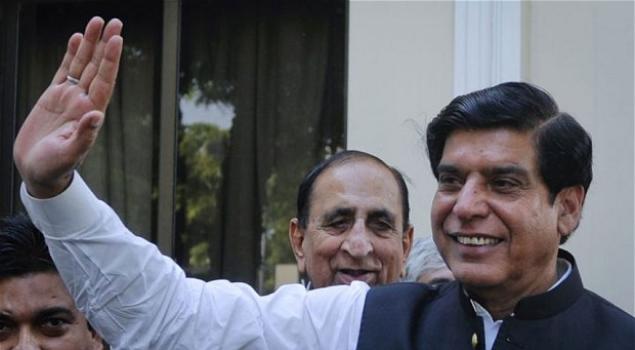March 14, 2015
International Women's Day occupied mind space over the weekend and India remains divided over the Nirbhaya documentary, the country is far from closing the gender gap against its women, reports CNBC-TV18's Surabhi Upadhyay.

March 14, 2015
International Women's Day occupied mind space over the weekend and India remains divided over the Nirbhaya documentary, the country is far from closing the gender gap against its women, reports CNBC-TV18's Surabhi Upadhyay.

A study conducted by the Bill & Melinda Gates Foundation shows that while most statistics are showing improvement, India still lags its neighbors on several counts. Here's a report.
An emerging economic power with global leadership aspirations, an economy believed to be sitting on the cusp of double digit growth. But talk gender demographics and statistics rapidly start stacking up against India.
In 2013, India was one of the ten countries that accounted for approximately 60 percent of global maternal deaths.
The country also has the highest absolute numbers of teen births, with 12 million women giving birth before the age of 18. India accounts for 18 percent of the 1.4 million newborn girls that go "missing".
The numbers put together by the Bill & Melinda Gates Foundation and the Clinton Foundation, show the glaring gender gap which still exist in several countries around the world.
According to the study while considerable headway has been made in the areas of health, education, and legal rights, the pace of change is painfully slow in areas of security, economic opportunity, and leadership. The improvement in gender equality and sensitivity also varies greatly with geography, income, age, and race.
According to the study, apart from challenges with respect to maternal mortality and reproductive health, women in India find themselves discriminated against in the labour force.
The country's female labour force participation rate has reduced from 36.5 percent in 1990 to 28.5 percent in 2012.
Women are also engaged in a disproportionate share of unpaid work. In India, women do seven times as much unpaid work as men.
One heartening fact is that the gender gap with respect to access to primary education has virtually closed globally. Girls and boys enroll in primary school at nearly equal rates worldwide.
However, even here girls hailing from poor rural households in India have a significantly lower chance of gaining access to education.
But there is a silver lining as well. The report highlights that at 9.3 percent, India has the highest percentage of women ministerial appointments among south Asian countries. China ranks close second at 8.3 percent.
Courtesy: MoneyCentral
















































































































